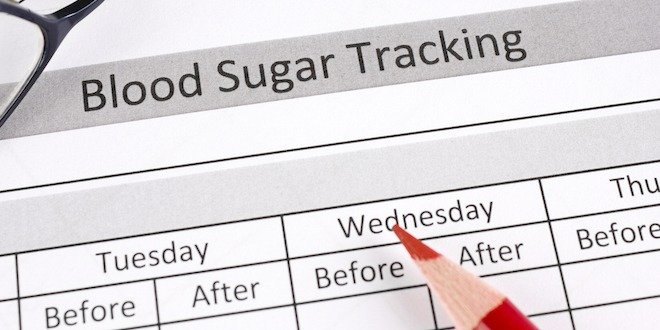
When you have diabetes, low blood sugar is a common concern. After all, when your blood sugar drops you can experience a host of uncomfortable symptoms, including headaches, chills, sweating, blurred vision, trembling, a rapid heart beat and mood changes.
If your blood sugar continues to fall, it can become very dangerous as you could have a seizure, lose consciousness or even go into a coma.
Some actions that can make dips in blood sugar levels more likely to occur include:
- skipping meals and snacks, or not having enough food
- exercising more than usual without eating some extra food
- getting too much insulin
- not properly timing the insulin doses with meals, snacks and exercise.
Low blood sugar can also happen when insulin gets absorbed into the bloodstream too quickly. For example, this can be triggered if you take a hot shower right after your insulin injection because you’ve increased blood flow through the blood vessels in your skin.
Certain diabetes medications used in managing type 2 diabetes (e.g., the sulfonylurea class of drugs) can also lower blood sugar.
The deal with hypoglycemia
When your blood sugar levels gets too low, it prompts a condition called hypoglycemia, which is characterized by the symptoms mentioned above. Even mild hypoglycemia can be dangerous if you’re driving or operating machinery because it can affect your concentration.
Plus, people often under-report hypoglycemic episodes to their healthcare providers. They either don’t recognize the signs or are worried about repercussions, such as losing their drivers’ license.
Recurring hypoglycemia can impair your ability to recognize subsequent blood sugar dips. In turn, this can lead to a vicious cycle of hypoglycemic events that can get worse and worse, affecting your everyday productivity and quality of life.
Gaining control of blood sugar levels
The good news is that paying attention to your blood sugars and keeping them controlled can prevent hypoglycemia from happening. Target ranges for blood sugar can vary, depending on your age and medical condition, so talk to your healthcare provider about where your levels should be at ideally.
In addition to regularly checking your blood sugar levels, you can get an A1C test through your diabetes care team to gauge if your average levels are within target. Diabetes Canada suggests people with diabetes get this test every three months when their glucose targets aren’t being met, or if they’ve adjusted their therapy. Otherwise, every six months should suffice.
Being aware of hypoglycemia symptoms—even the ones, you’ve never experienced—is also important so you can recognize them when they’re happening.
Whether you’re exercising heavily or just especially active during the day, remember to adjust your insulin or eat extra to accommodate the increased activity.
What to do if your blood sugar dips
If you find yourself experiencing signs of mild hypoglycemia, eat a snack that contains sugar or fast-digesting carbs. For example, drink a cup of fruit juice or 1 tablespoon of honey—and repeat after 15 minutes if your levels are still low.
Once your levels are within normal range, eat a small meal or snack if you’re not planning to eat within the next hour. If you can’t get your sugar levels up and the symptoms are getting worse, call 911 or have someone else drive you to emergency.
If you notice symptoms of hypoglycemia happening several times in a week, it’s best to see your doctor or other diabetes healthcare provider about it. You may need to adjust your diabetes medication or meal plan.
No doubt, low blood sugar is concerning when you have diabetes. But knowing the early signs of hypoglycemia—and how to prevent them—can help ensure you keep those uncomfortable symptoms of low blood sugar few and far between.


